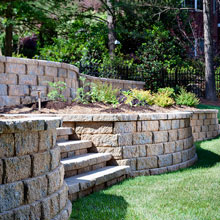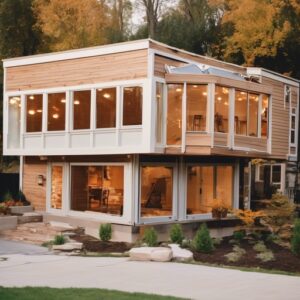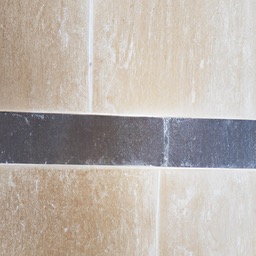As homeowners, we’re often faced with a multitude of decisions when it comes to maintaining and improving our homes. One area that frequently demands attention is the roof—the guardian of our houses, protecting us from the elements. When it comes time to consider roof replacements or upgrades, one option worth exploring is 5V metal roof panels. These panels offer a range of benefits that make them an appealing choice for homeowners looking for durability, sustainability, and aesthetic appeal. In this article, we’ll explore three compelling reasons why homeowners should seriously consider 5V metal roof panels for their next roofing project.
Durability
One of the primary reasons homeowners opt for metal roofing is its exceptional durability. Unlike traditional asphalt shingles that deteriorate over time due to exposure to the sun, rain, and wind, metal roofs are built to withstand the elements for decades. 5V metal roof panels, in particular, are renowned for their robustness and longevity.
Manufactured from high-quality galvanized steel or aluminum, these panels are resistant to rust, corrosion, and fading. This means homeowners can enjoy peace of mind knowing their roof will remain structurally sound and aesthetically pleasing for many years to come. Additionally, metal roofs are highly resistant to fire, making them an ideal choice for homeowners in wildfire-prone areas.
Furthermore, 5V metal roof panels are designed to withstand extreme weather conditions, including high winds and heavy snow loads. Their interlocking design provides added strength and stability, reducing the risk of damage during storms. By investing in a metal roof, homeowners can minimize the need for costly repairs and replacements down the line, ultimately saving time and money in the long run.
Energy Efficiency
n an era where energy efficiency is increasingly important, 5V metal roof panels offer significant advantages over traditional roofing materials. Unlike asphalt shingles, which absorb heat and contribute to higher indoor temperatures, metal roofs reflect solar radiation, helping to keep homes cooler in hot weather.
This reflective property, known as solar reflectance, can lead to substantial energy savings by reducing the need for air conditioning. Additionally, metal roofs can be installed with insulation and ventilation systems that further enhance energy efficiency and indoor comfort.
Moreover, metal roofing is a sustainable choice for environmentally conscious homeowners. Most metal roof panels are made from recycled materials and are fully recyclable at the end of their lifespan. By choosing a metal roof, homeowners can reduce their carbon footprint and contribute to a more sustainable future for our planet.
Aesthetic Appeal
Beyond their durability and energy efficiency, 5V metal roof panels also offer unmatched aesthetic appeal. Available in a variety of colors, finishes, and profiles, metal roofs can complement virtually any architectural style, from modern to rustic.
The distinctive V-shaped ribs of 5V metal roof panels create a visually striking appearance that adds character and dimension to residential properties. Whether you prefer the classic look of bare metal or the warmth of a painted finish, there’s a metal roofing option to suit your taste and enhance the curb appeal of your home.
Furthermore, metal roofs maintain their appearance over time, resisting discoloration, warping, and cracking that can occur with other roofing materials. This means homeowners can enjoy a beautiful and timeless roof that enhances the overall aesthetics of their property for years to come.
Conclusion
In conclusion, 5V metal roof panels offer a compelling array of benefits that make them an excellent choice for homeowners seeking a durable, energy-efficient, and visually appealing roofing solution. With their unmatched durability, energy efficiency, and aesthetic versatility, metal roofs have become increasingly popular in residential construction.
By investing in a 5V metal roof, homeowners can enjoy peace of mind knowing their home is protected by a long-lasting and environmentally friendly roofing system. Whether you’re building a new home or considering a roof replacement, it’s worth exploring the many advantages that 5V metal roof panels have to offer.











